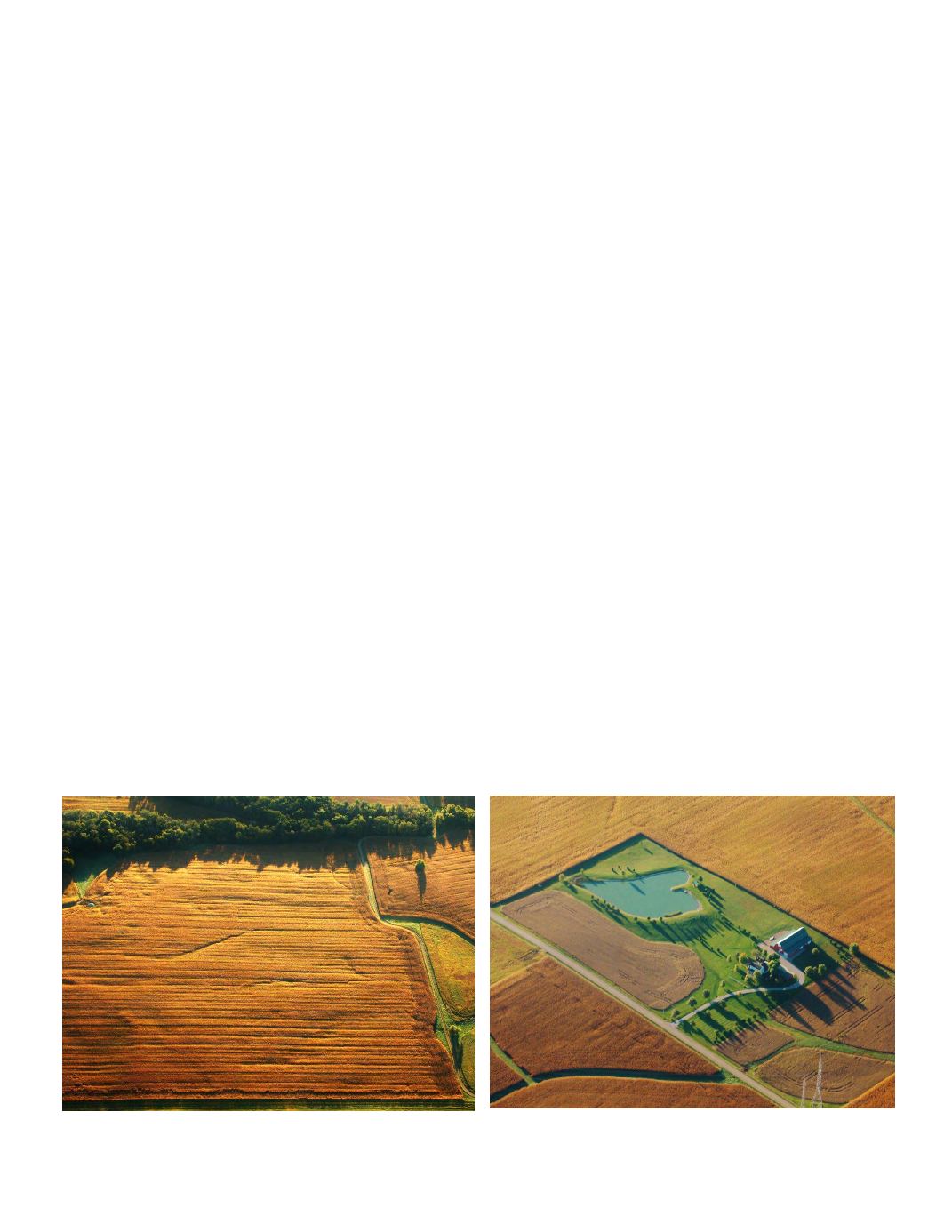
October 27, 2015
2015 Logan County Farm Outlook Magazine
LINCOLN DAILY NEWS.COM Page 19
as water-soluble pesticides or fertilizers, carried
by water downward through permeable soils.”
The article also states, “In contrast to surface
water, groundwater does not continually dilute the
contaminants that reach it. Flushing a plume of
contamination from groundwater may take many
years.” These contaminants could possibly move
into major waterways. Some say that nitrogen
from fertilizer pollutes rivers, lakes, and oceans.
Hoerbert said farmers are already working to
manage water, nutrient, and pesticides even
without this regulation.
This Rule as written would mean that farmers
may need to obtain National Pollutant Discharge
Elimination System permits to apply pesticides
and fertilizers around drainage areas because of
the run-off.
Hoerbert said that getting permits may mean that
they could only spray on certain days, which
may cause delays for farmers as they wait for the
permits to be approved.
The ability to use pesticides on livestock in
timely fashion has also been cited by the industry
as a concern.
To provide a bit more background of what
agriculture leaders have been fighting, here is an
overview and update.
The WOTUS rule adds clarification about what
waters may be subject to the Environment
Protection Agency’s authority. According to
Evansville, Indiana environmental law attorney,
Monica Edwards, this rule “provide[s] clarity
as to which waters are actually subject to the
jurisdiction of the EPA pursuant to the Clean
Water Act.”
The American Farm Bureau Federation (AFBF)
and the National Farmers Union (NFU) have
spoken against the Rule citing areas and
definitions as confusing and lacking in specificity.
American Farm Bureau president, Bob Stallman,
identified several ambiguities in the rule:
“What is a ‘water of the U.S.’? Only the agencies
can say, and their word is final. Under the new
rule, just about any patch of land might be found
to be ‘waters of the U.S.’ You don’t have to see
water flowing there, or even spot signs of flow.”
Stallman says the rule gives EPA and Corps
(Army Corp of Engineers) the power to use
remote “desktop tools” to identify and regulate a
These two farm areas in north central Illinois utilize swales and grass ways to channel water to low
areas and farm ponds.
Continued


